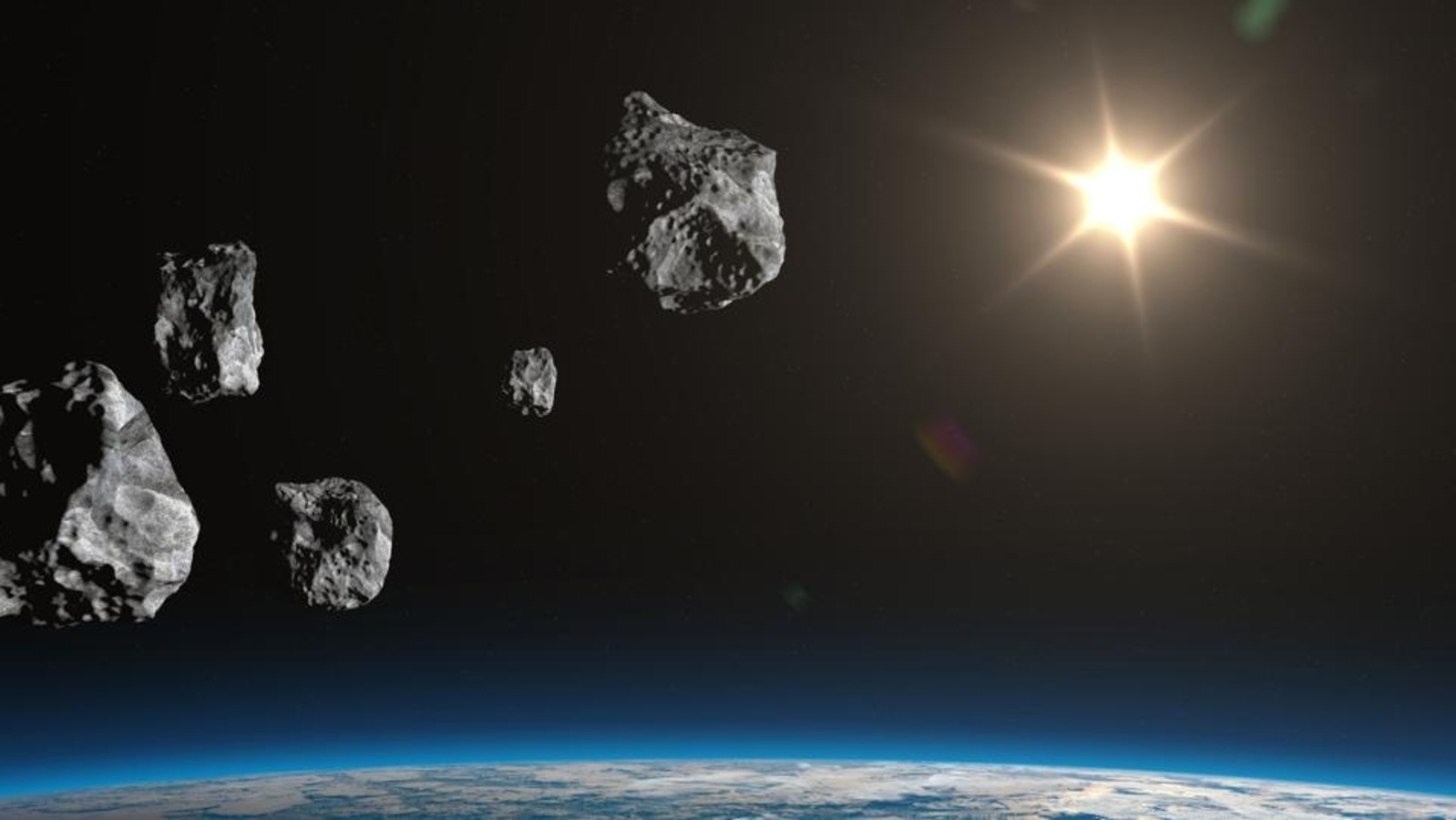Gaia satellite data reveals hidden secrets of dangerous Asteroids
The Milky Way Galaxy-mapping satellite, Gaia has revealed the spectrographic information on asteroids that helped to uncover hidden secrets of these dangerous objects. Know all details here.
The European Space Agency’s Gaia, the Milky Way Galaxy-mapping satellite, has released its next set of data, which reveals a number of hidden and secrets facts about asteroids that will help scientists to better know these dangerous objects that have caused so much carnage on earth through the millennia. Its third catalogue of data includes 10 times more information regarding asteroids compared with its previous set of data. It shows that there is a rise in the number of space rocks which made their close encounter, which can be used to estimate the number of characteristics of asteroids, such as their masses. Not just that, Gaia’s data also shed light on the measurements of the colour and brightness of around 60,000 asteroids at different wavelengths.
This has been done via a technique known as ‘astrometry’ which helped to calculate the masses of asteroids. Earlier, back in 190 B.C., this method was used by Greek astronomer Hipparchus to create star catalogues which were used to demonstrate the precise motions of celestial bodies, such as asteroids. Now, Gaia is using this technique to know more about asteroids. The astrometry that Gaia conducts depends on the angle at which an asteroid’s centre of mass has deviated from the centre of the area on the body that is lit by the sun.
About Gaia mission
The Gaia mission differs from NASA’s Hubble Space Telescope and the James Webb Space Telescope in a major way that instead of selecting an object in space and studying them intensely, the Gaia studies the entire sky. This way, Gaia can target billions of stars and observe how these stars change their position over time.
The movements the spacecraft observes are quite minute since these stars are so far away. However, when Gaia detects a faint light source travelling across the spacecraft’s field of view so swiftly that it is only visible in one image before vanishing, this implies a body far closer to Earth.
Researchers can determine if these bodies are known asteroids by comparing them to databases of other solar system bodies, and this cross-checking method frequently reveals unexpected findings. A key instrument in asteroid tracking is Gaia’s extraordinarily accurate monitoring of the positions of the stars.
For all the latest Technology News Click Here

